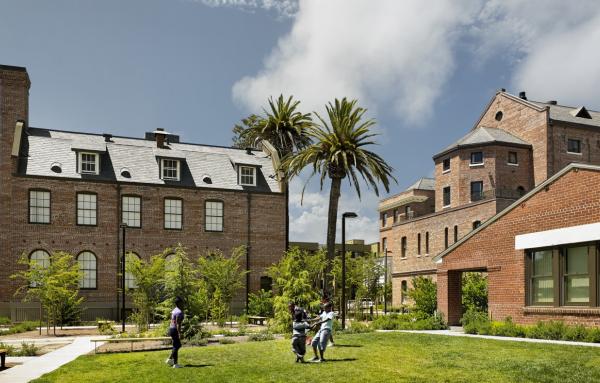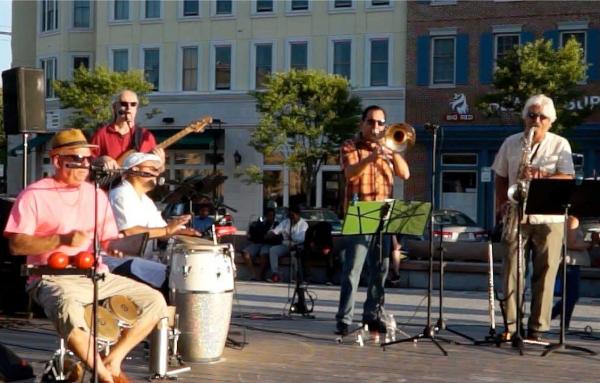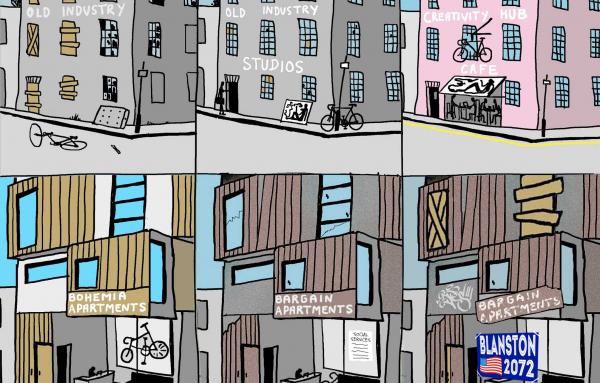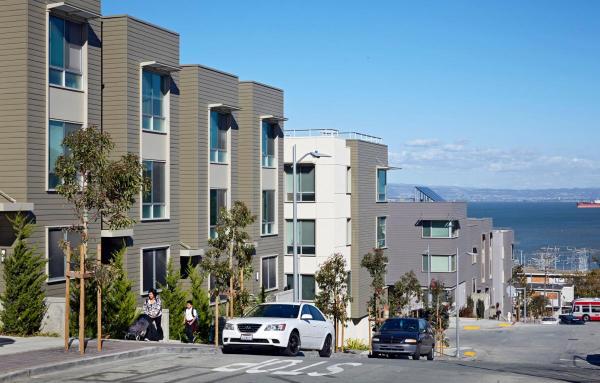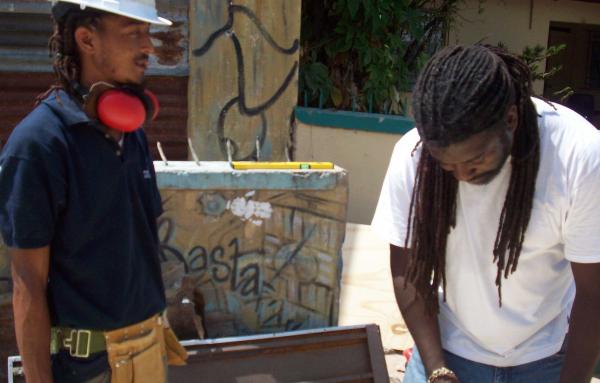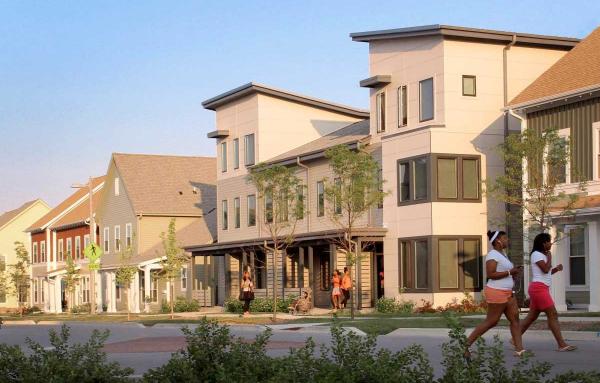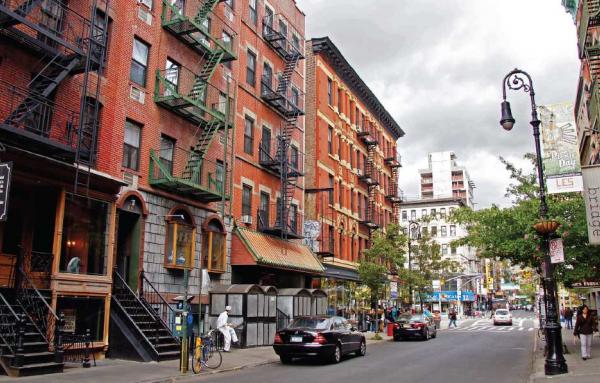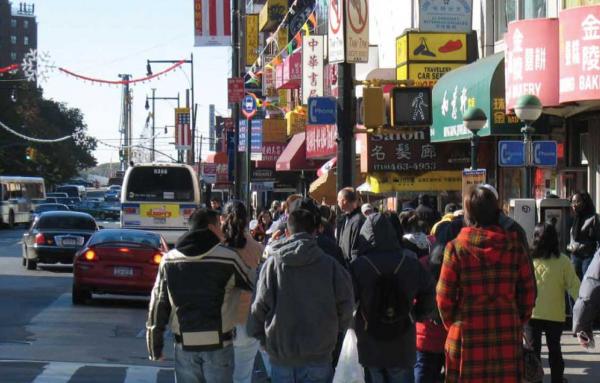Equity
An Oakland redevelopment shows how urban design and historic preservation can support a social agenda.
Two mixed-use buildings face a new square with fountains and activities like ice skating and concerts, forming the core of Long Island's first major transit-oriented development.
Blue Water workforce housing on Tavernier Key, Florida, created a system that of density that fits into the surrounding one- and two-story fabric.
Public housing in the form of complete or partial neighborhoods started with HOPE VI and became standard practice, impacting the lives of people in cities and towns across America.
Your view on the urban investment of today may depend on where you crop the storyline.
The Choice Neighborhoods development brings order to a city sector laid out in squiggly postwar cul-de-sacs. Newly redesigned streets lead directly to shops, transit, and other services.
Lean Urbanism seeks to bring common sense back into the planning and development process—because great neighborhoods are built with many hands, often in small increments.
Note: Charles Ellison spoke at CNU 25 in Seattle as part of a panel on Combating the Suburbanization of Poverty.
Sit at the tables where people are deciding where the new high school will go, or whether to expand the bus depot, and you’ll...
Grass-roots revitalization is taking place in many American cities, an antidote to the "winner takes all urbanism" described in The New Urban Crisis.
Connecting housing by using a neighborhood pattern improves the lives of moderate-income residents.
From California to the New York Islands—more business activity, affordability, and diversity can be found in neighborhoods with a range of old and new buildings.
The data shows that neighborhoods across America are becoming more racially diverse—despite some reports of persistent segregation.
